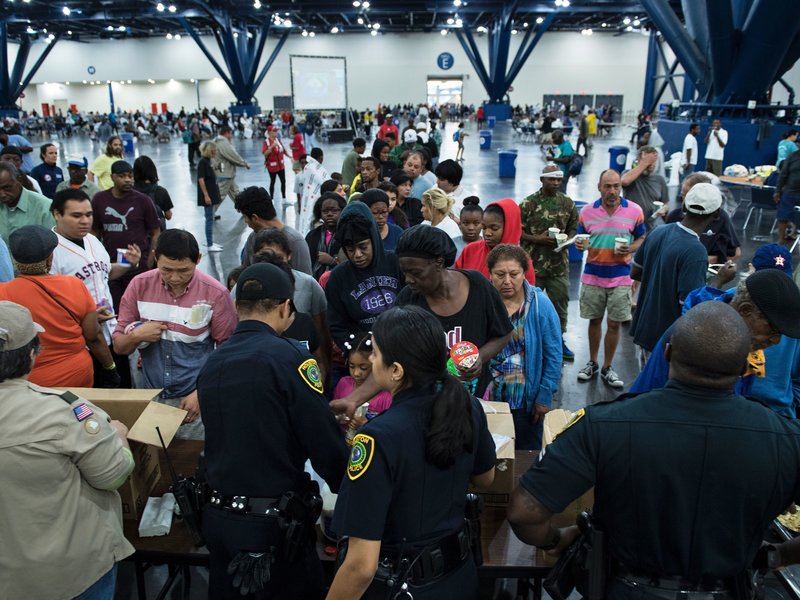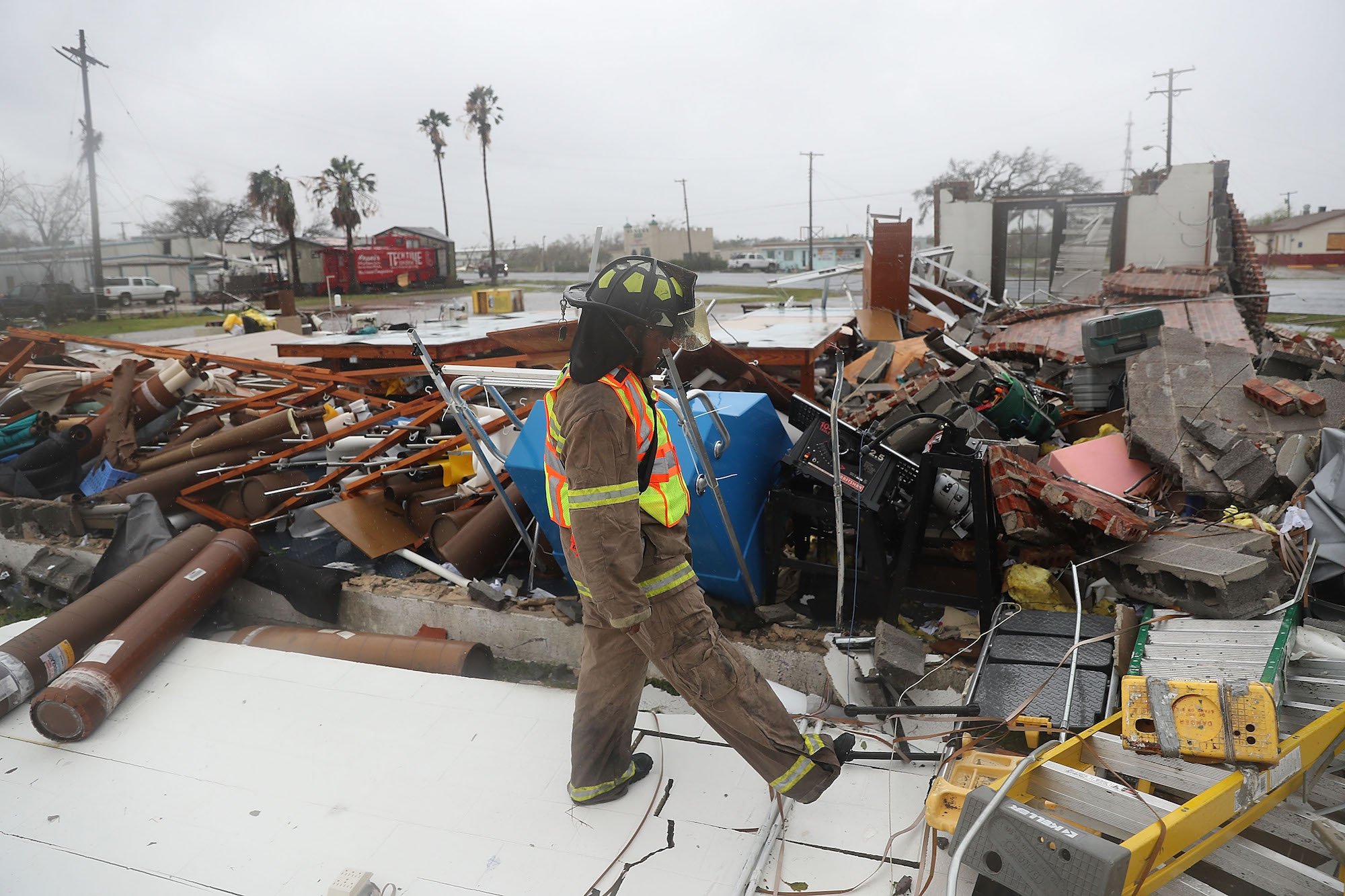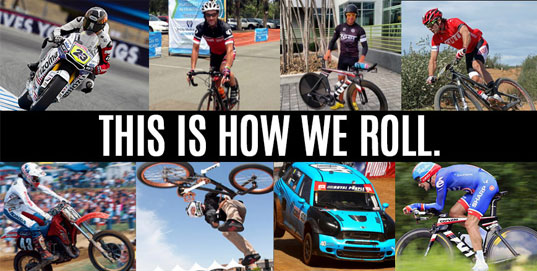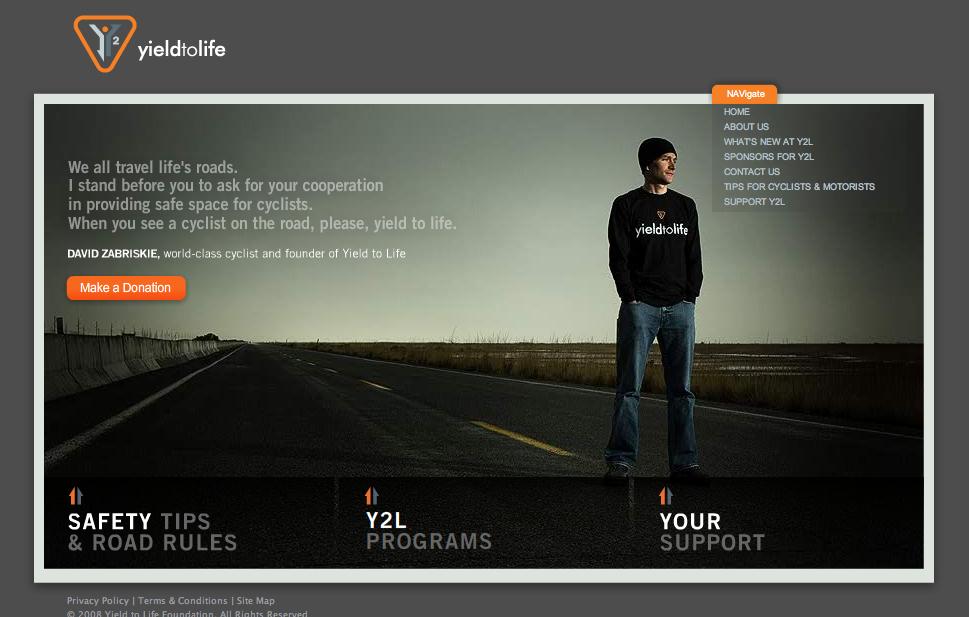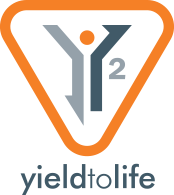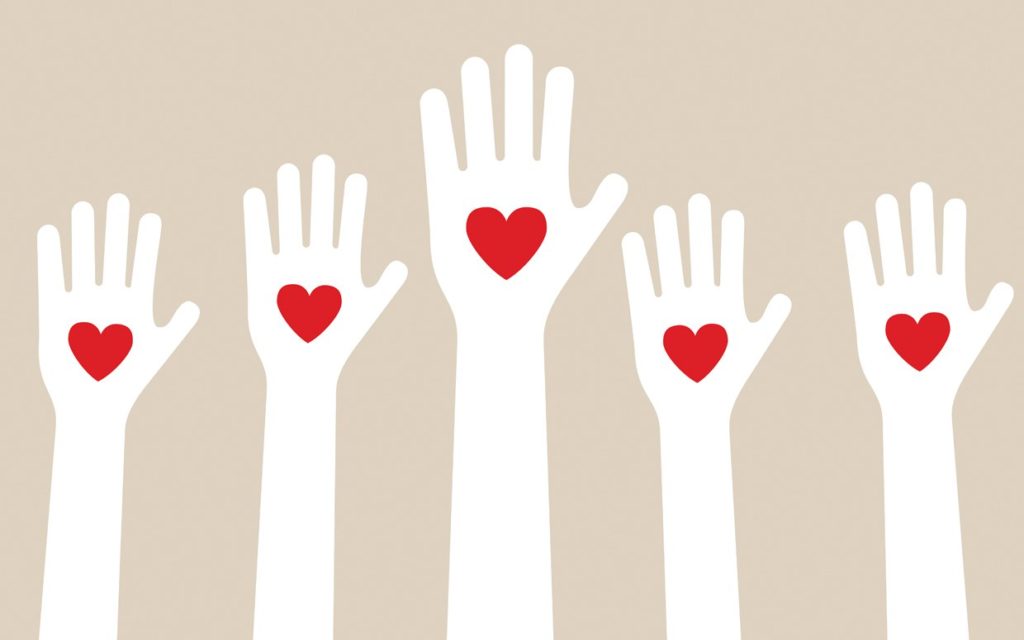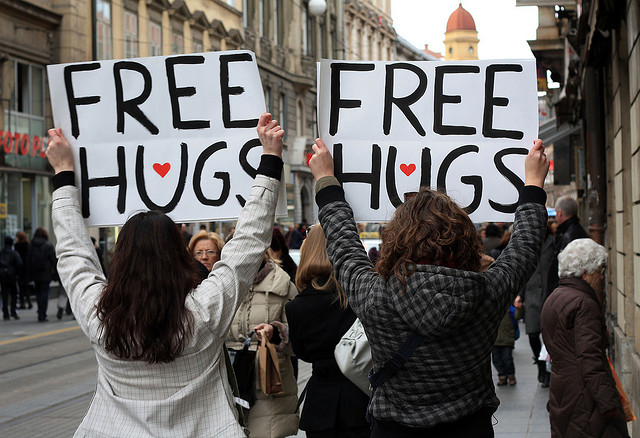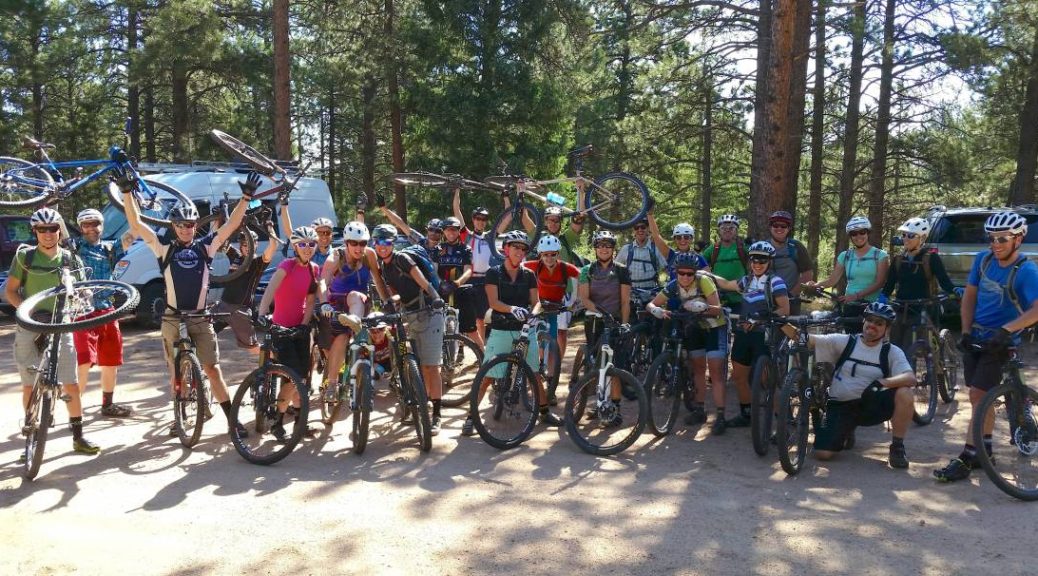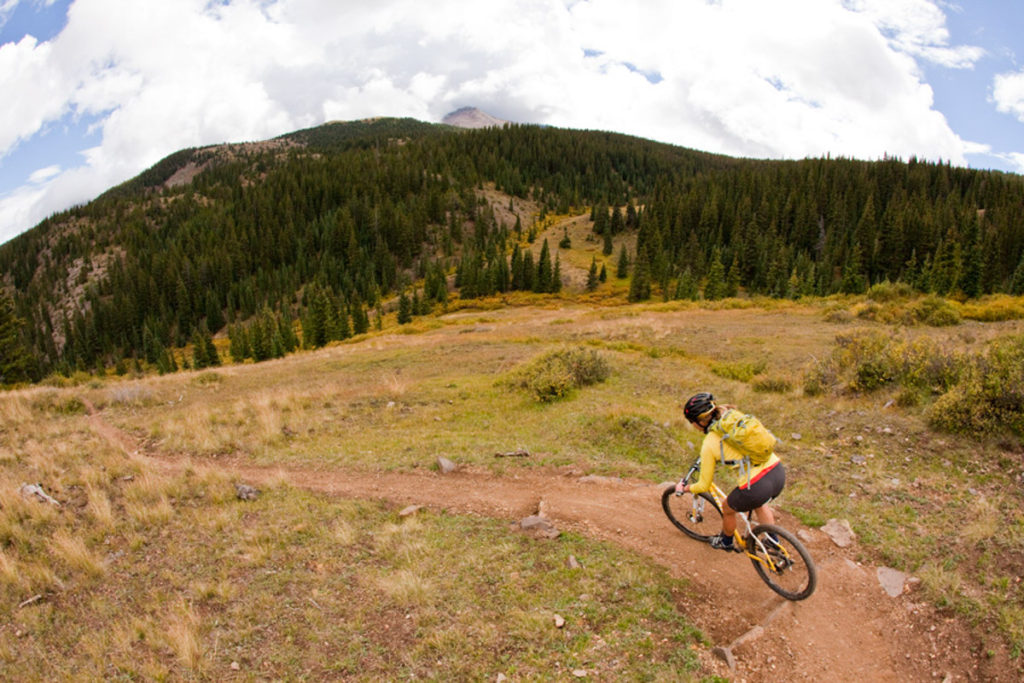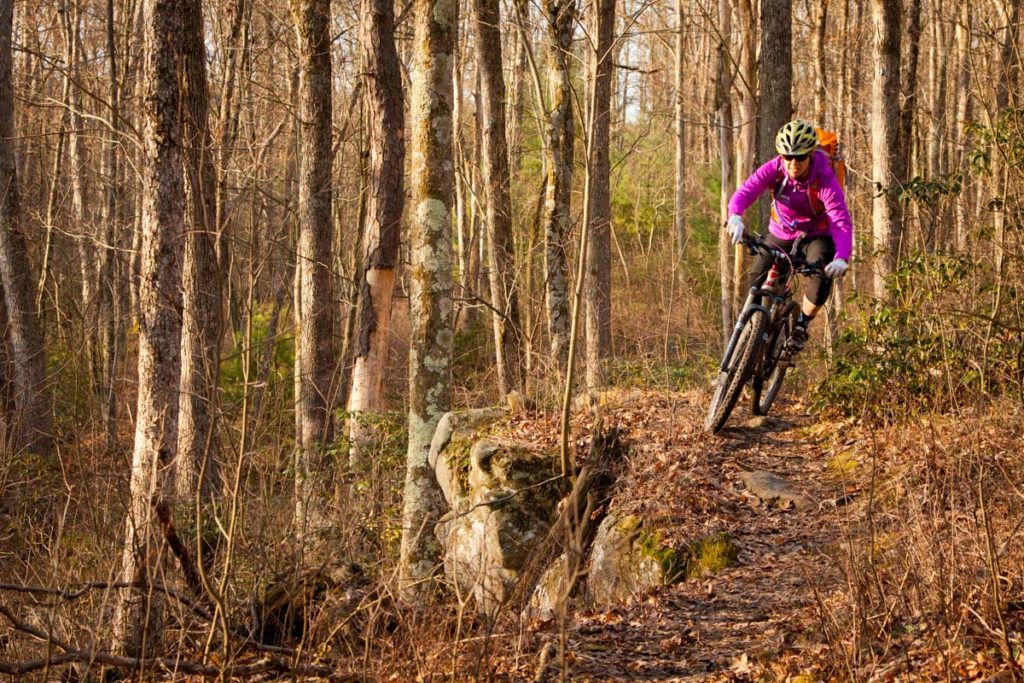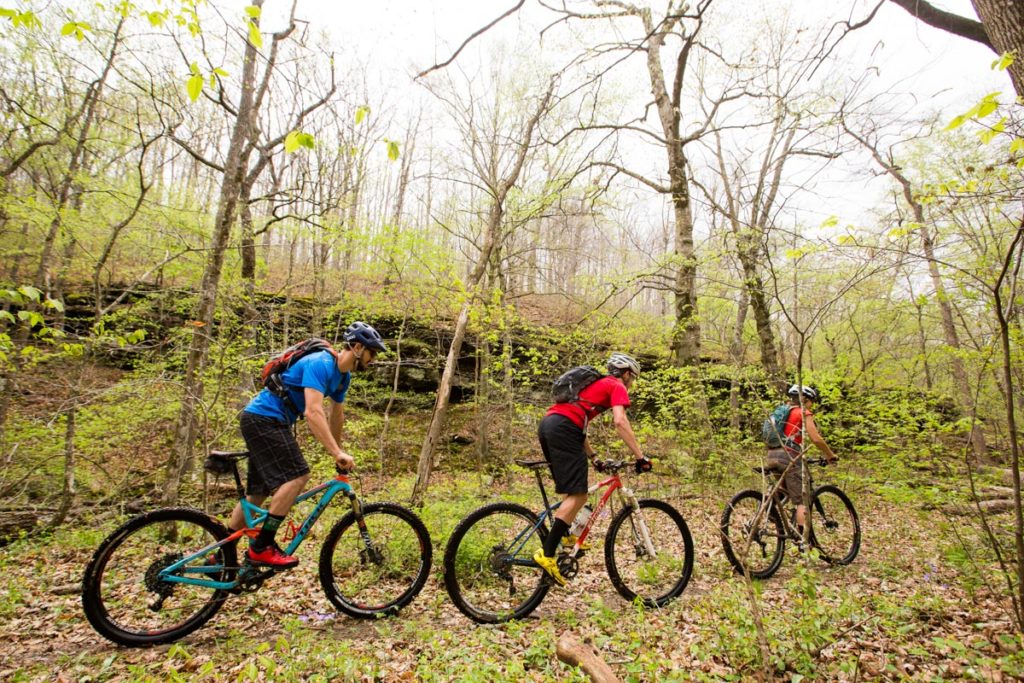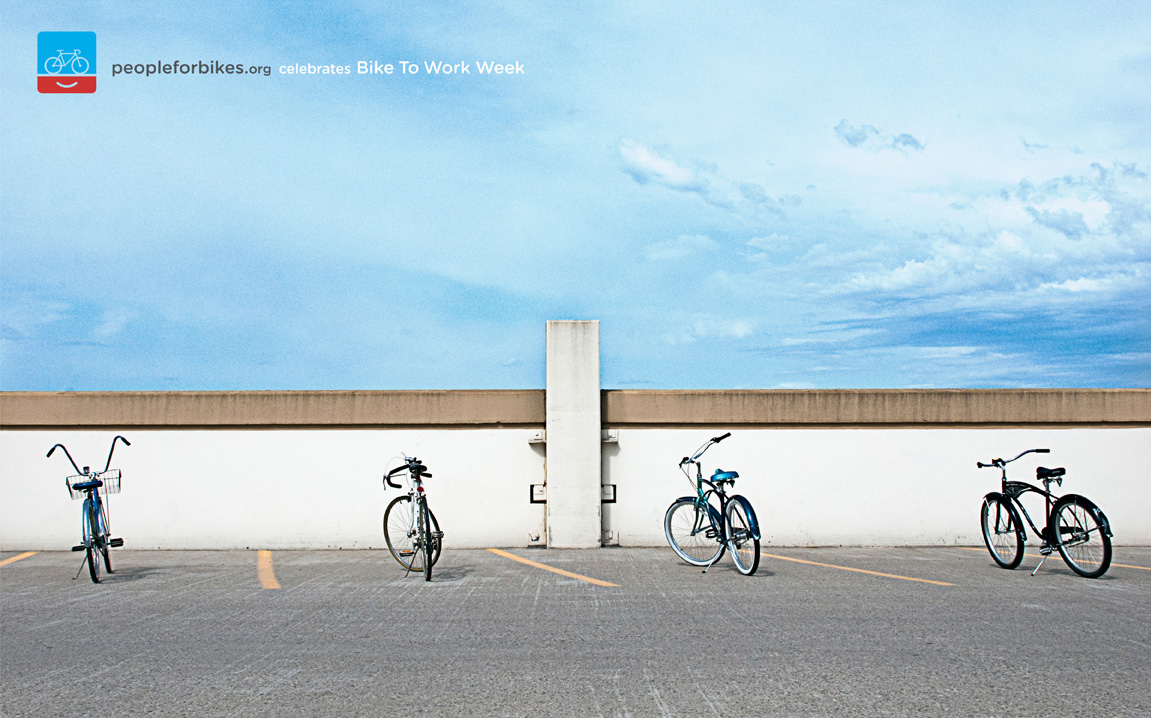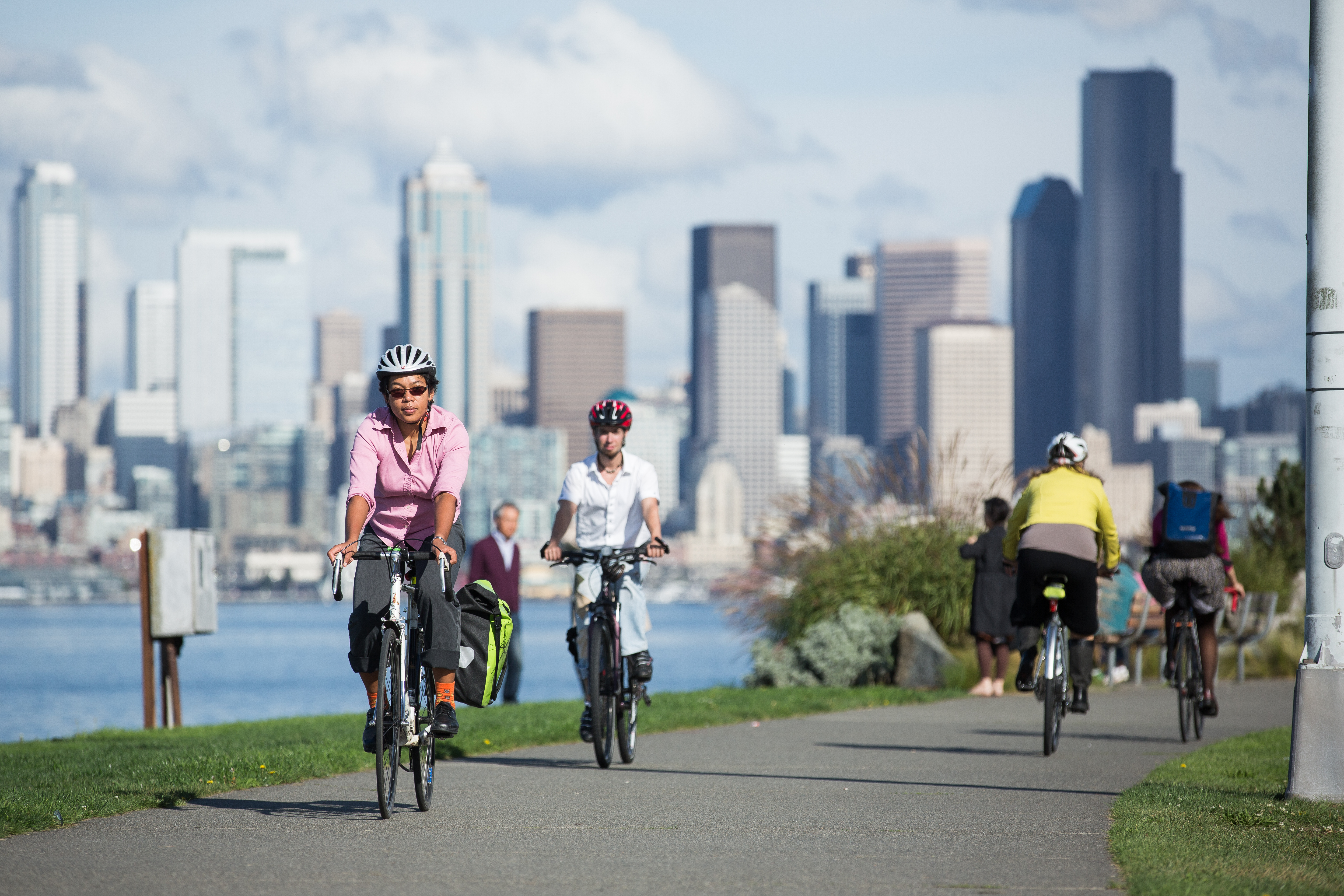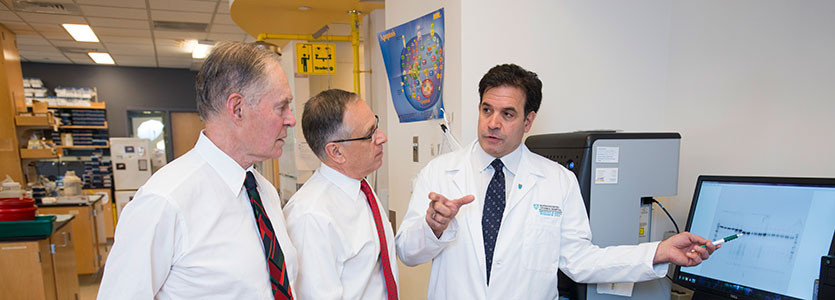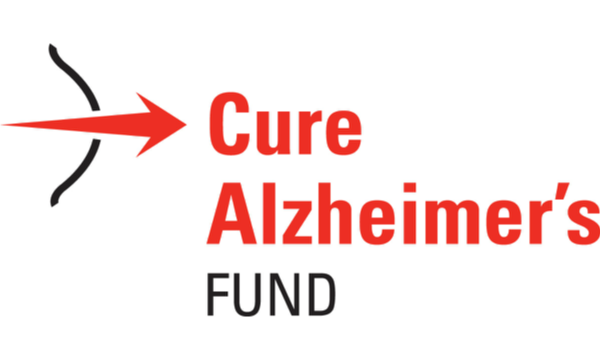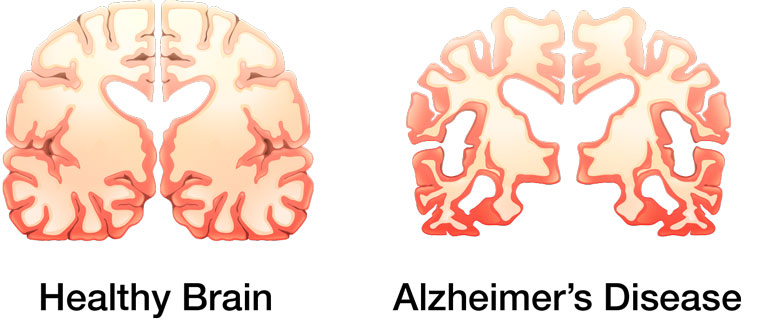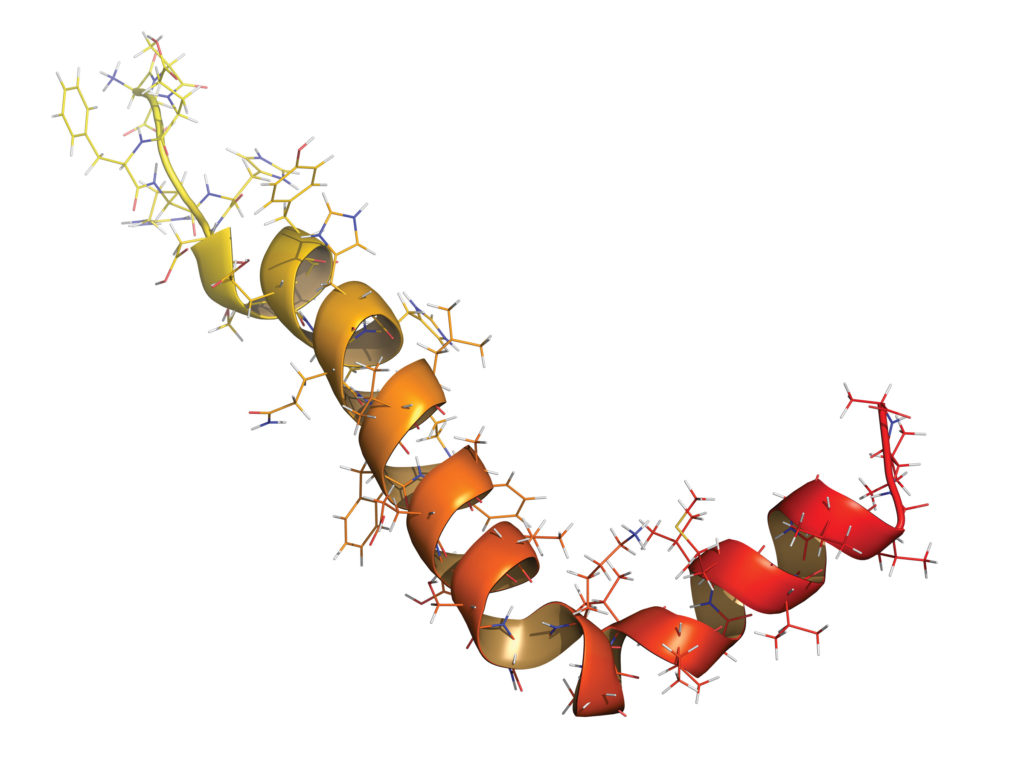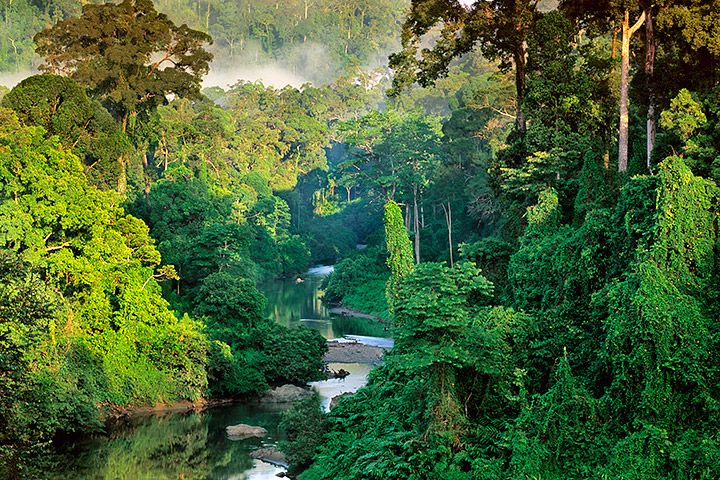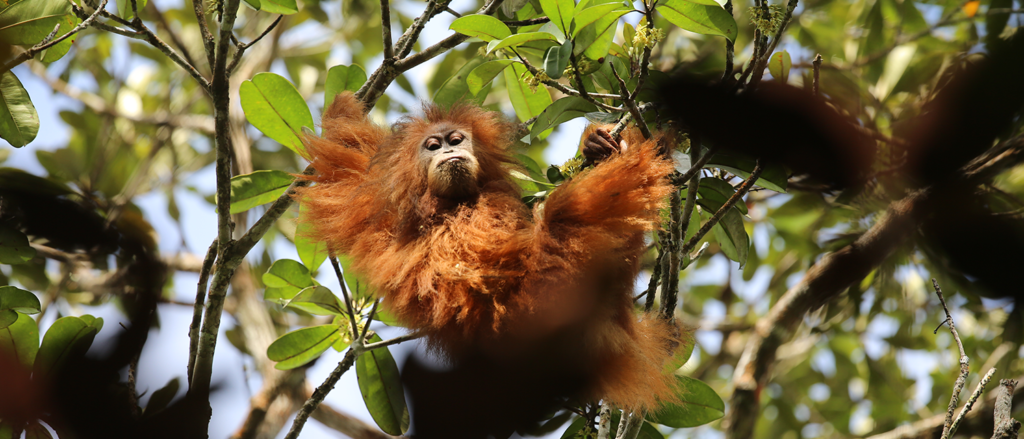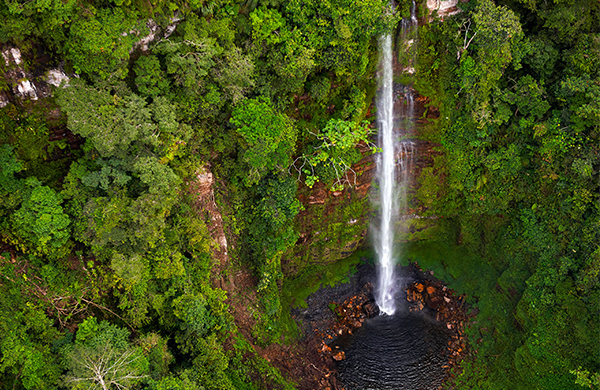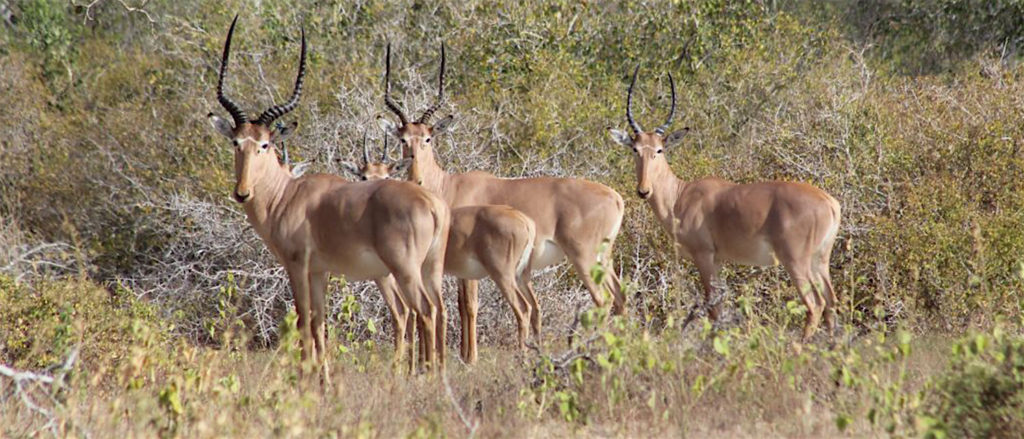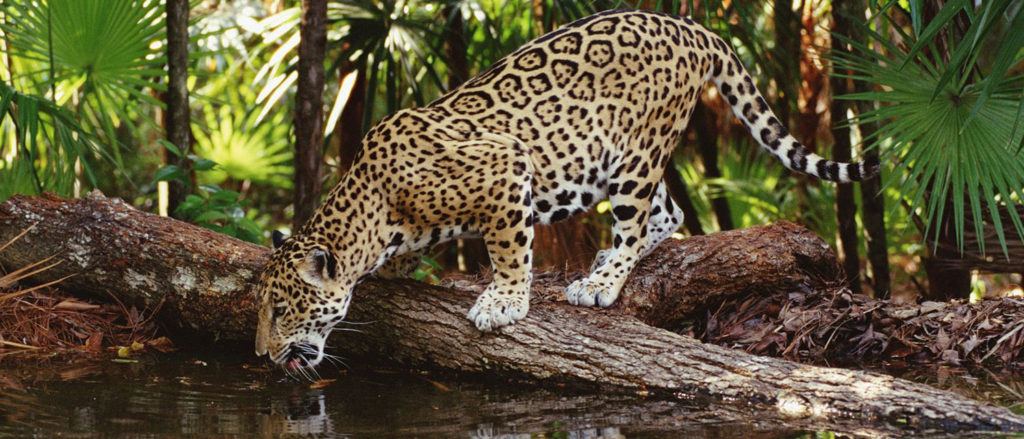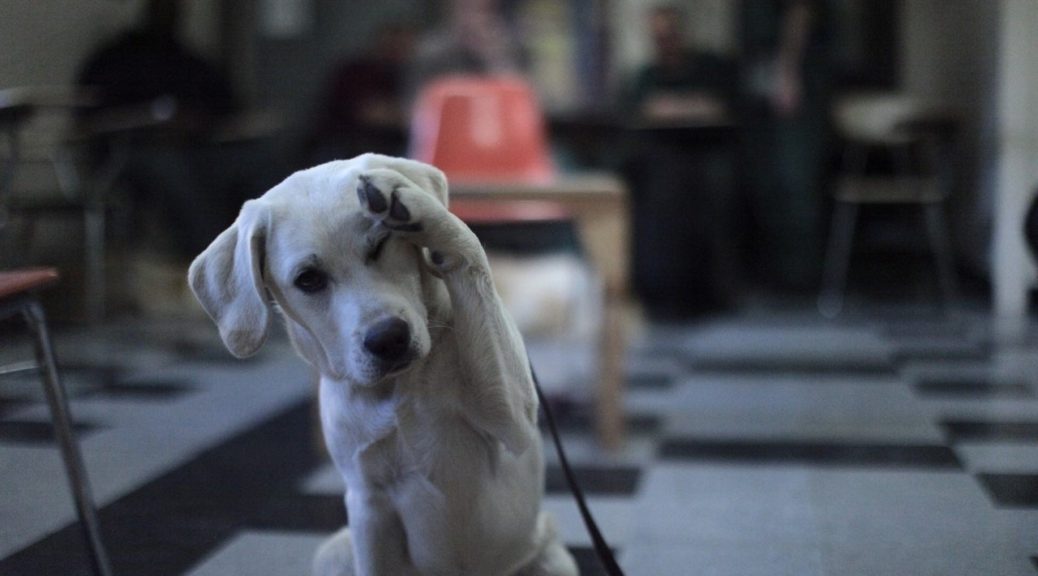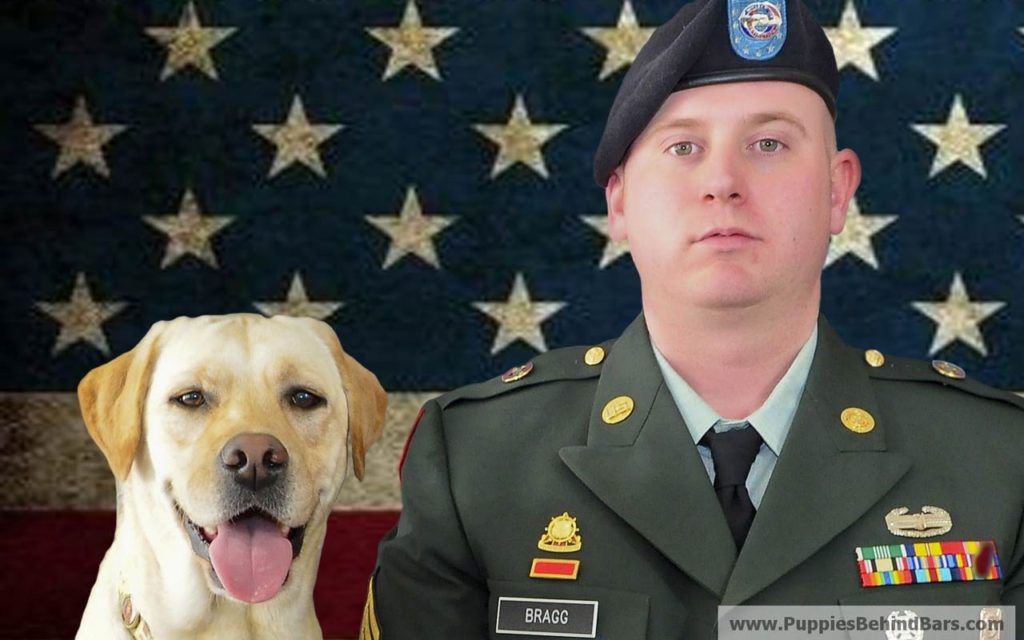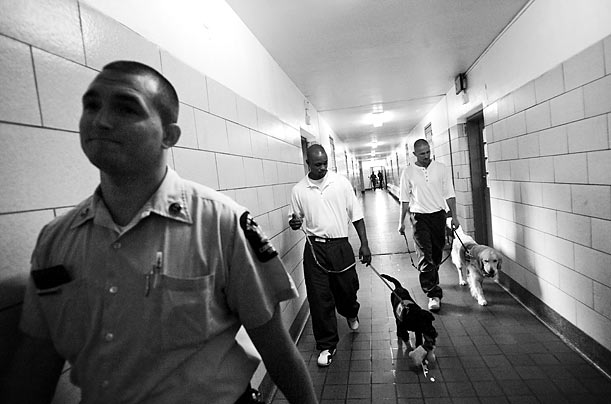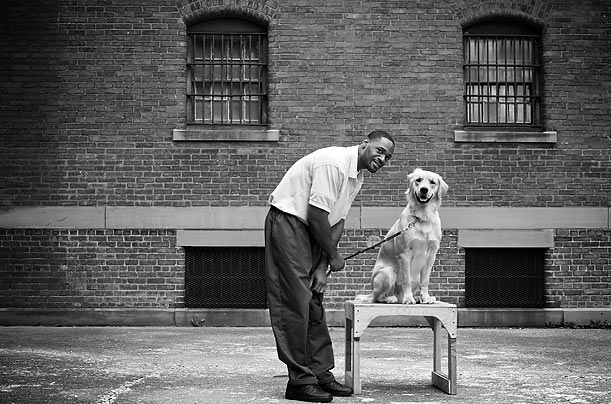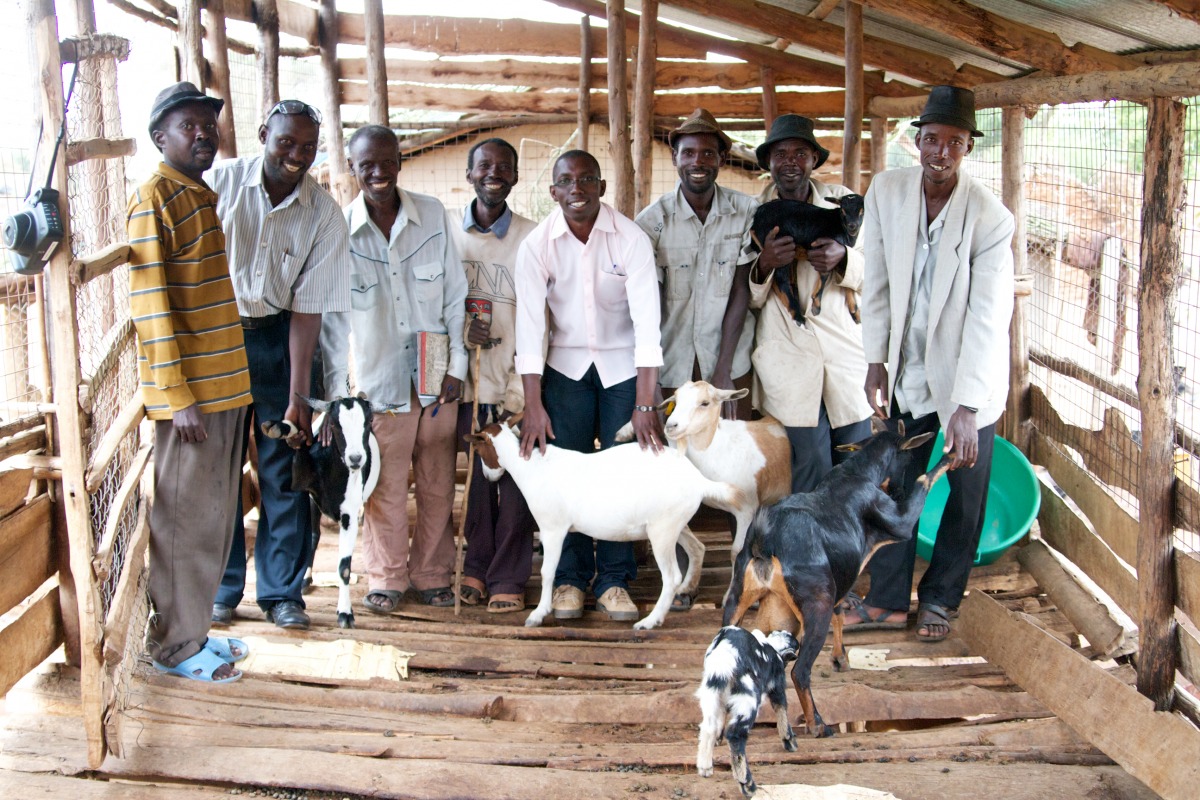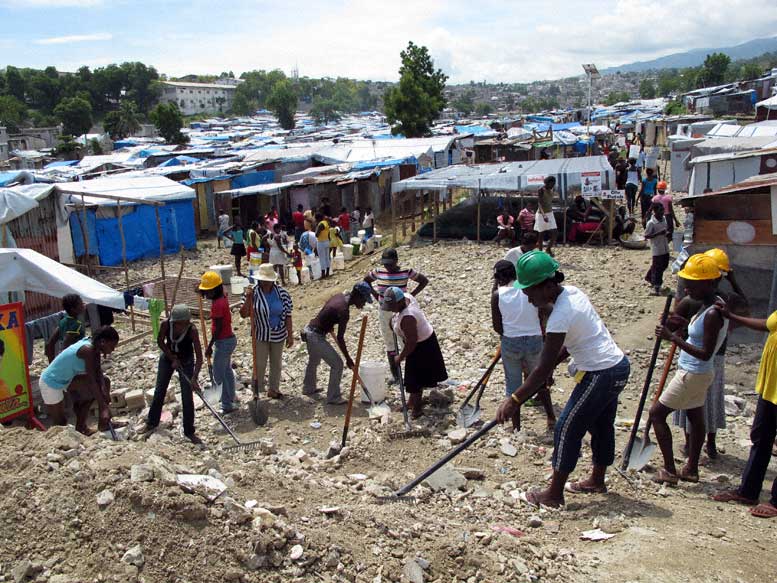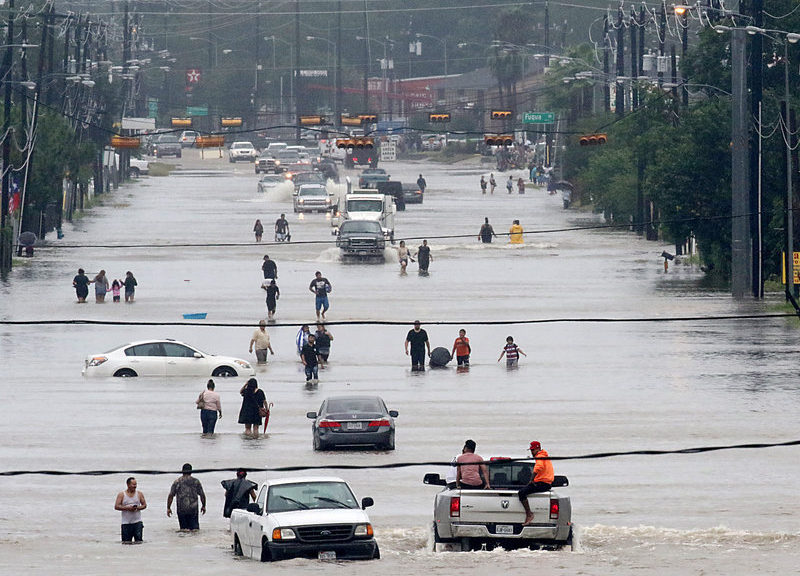
Tropical Storm Harvey: How to Help
The news stories that have captured the attention of the world this past week all revolve around Tropical Storm Harvey and the havoc it’s reaped on Texas. Even though the devastation is extreme and widespread, it is feared that the worst is yet to come.
If you’ve been seeing news articles surrounding this tragedy, you’re likely overwhelmed and crushed by the titles you’re reading. Today, the headlining articles state:
“Thousands await as rescue as estimated 30,000 to 40,000 homes destroyed in Houston area”
“Residents warned to ‘get out or die’ as Harvey unleashes new waves of punishing rains and flooding”
“Van carrying family of six washed away by Harvey found in bayou”
“Clinging to her drowning mama, a little girl survives the raging flood”
Our minds reeling as we watch this destruction and ruin, we’re left to ask, “What can we do? How can we help?”
Mr. Rogers, a wise and enlightened man, had a wise and enlightened mother who taught him that altruism always came alive in moments of terror. He said, “When I was a boy and I would see scary things in the news, my mother would say to me, ‘Look for the helpers. You will always find people who are helping.'”
Therefore, we will share with you the organizations who are working to help. If you feel called to reach out and lend a hand to those who are suffering in the wake of this disaster, please check out the following organizations.
Help Those Affected by Harvey
Houston Mayor Sylvester Turner established a Harvey relief fund at The Greater Houston Community Foundation. The organization connects donors with a network of nonprofits and innovative solutions in the social sector.
GlobalGiving, which calls itself the largest global crowdfunding community, has a goal of raising $2 million for its Harvey relief fund. Funds will be used first for immediate needs of food, water and shelter and then transition to long-term recovery efforts.
United Way of Greater Houston has launched a relief fund for storm-related needs and recovery. The organization says it already maintains a disaster relief fund but anticipates the needs of Harvey will far exceed those existing resources.
The Center for Disaster Philanthropy has also launched a Hurricane Harvey relief fund. The organization says its strategy emphasizes “investing well rather than investing quickly, addressing the greatest needs and gaps in funding that may be yet to emerge.”
GoFundMe, the social fundraising site, has created a landing page that gathers the campaigns on its platform related to Harvey.
The Salvation Army says it is providing food and water to first responders and preparing for massive feeding efforts for residents.
Send Relief and Southern Baptist Disaster Relief says its teams began responding before Harvey made landfall and continues on-the-ground relief work.
Samaritan’s Purse is accepting donations as well as volunteers for Harvey disaster relief for the coming months.
As well as the American Red Cross, local organizations accepting blood donations are Carter BloodCare and the South Texas Blood & Tissue Center.
Coalition for the Homeless of Houston/Harris County coordinates the city’s response to homelessness, serving as “a backbone organization” to groups that offer direct service. It has been providing updated information on shelters with available beds.
Airbnb has set up an urgent accommodations site, where people can open their homes to evacuees from the storm or find shelter themselves. Service fees are waived for those who check in by Sept. 1.
A number of food banks will be aiding the affected region. Consider donating money instead of food, as it allows a food bank to use your donation most efficiently.
Feeding Texas is a statewide nonprofit that works alongside state and federal relief efforts. The organization says it steps in during major disasters to “coordinate with the state and other providers so that relief reaches families quickly and the ‘second disaster’ of an unorganized response is avoided.”
Portlight Strategies facilitates projects involving people with disabilities, including post-disaster relief work. The organization says its hotline for Inclusive Disaster Strategies has received urgent requests from people in need.
The Texas Diaper Bank, based in San Antonio, works to meet the basic needs of vulnerable babies, children with disabilities, and seniors. It focuses on providing partner agencies with diapers and goods.
The SPCA of Texas is organizing evacuations of pets in Texas (including 123 cats from a shelter in Corpus Christi) and offers resources on pet-friendly housing for evacuees.
Austin Pets Alive! says it has transported more than 235 animals to its shelter. The organization seeks donations, as well as people who can adopt animals. It says it has received so many donated supplies that it’s running out of storage space, so financial donations are what it needs most.
(sources inspired by NPR)
